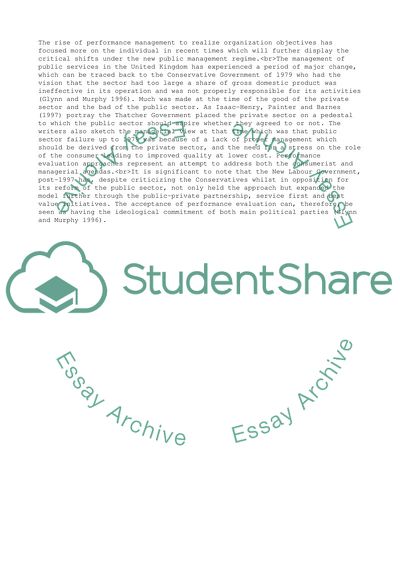Cite this document
(People Management In Large Public Sector Organisations Case Study, n.d.)
People Management In Large Public Sector Organisations Case Study. Retrieved from https://studentshare.org/management/1731053-people-management-in-a-large-public-sector-organisation
People Management In Large Public Sector Organisations Case Study. Retrieved from https://studentshare.org/management/1731053-people-management-in-a-large-public-sector-organisation
(People Management In Large Public Sector Organisations Case Study)
People Management In Large Public Sector Organisations Case Study. https://studentshare.org/management/1731053-people-management-in-a-large-public-sector-organisation.
People Management In Large Public Sector Organisations Case Study. https://studentshare.org/management/1731053-people-management-in-a-large-public-sector-organisation.
“People Management In Large Public Sector Organisations Case Study”, n.d. https://studentshare.org/management/1731053-people-management-in-a-large-public-sector-organisation.


